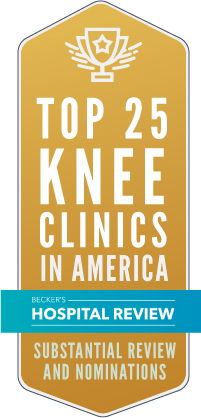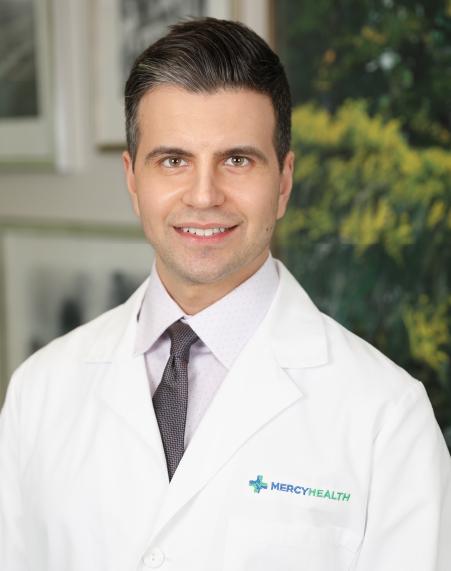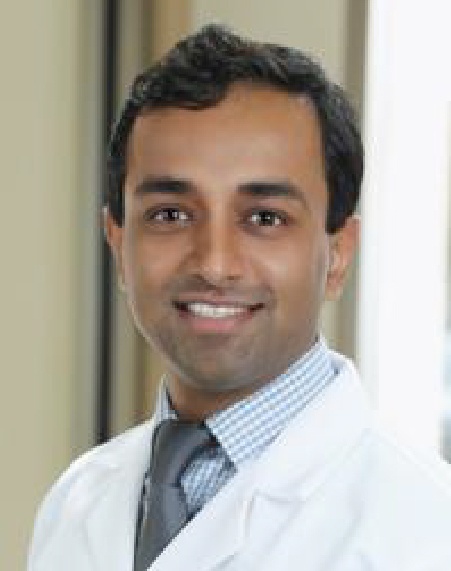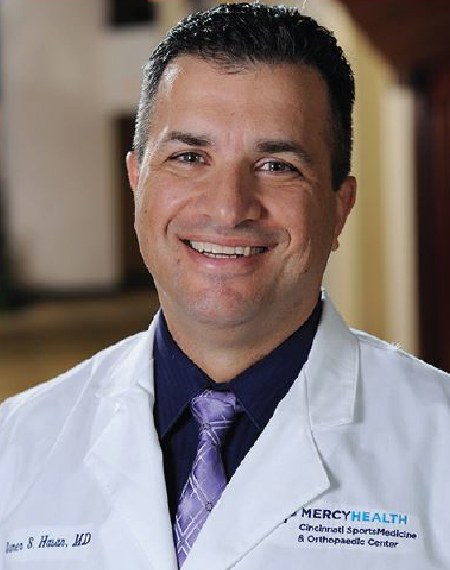The Approach to Shoulder Replacement
Shoulder arthritis involving the glenohumeral (ball and socket) joint is quite common. Initial treatment is non-operative and mirrors the initial treatment of hip and knee arthritis, but when this treatment fails, shoulder replacement surgery is then considered. Several types of shoulder replacement are currently available including total shoulder replacement, partial shoulder replacement or hemiarthroplasty, humeral head resurfacing, and reverse ball and socket replacement. Over the past five to ten years there has been an explosive growth in the number of shoulder replacements performed for end-stage glenohumeral arthritis. As with hip and knee replacements, and other surgeries such as coronary artery bypass grafting, high volume shoulder replacement surgeons consistently outperform surgeons who perform these procedures infrequently. Not surprisingly, over 90% of shoulder replacements performed by high volume surgeons are expected to last for at least 10 years and 85 per cent for 15-20 years, both of which represent survivorships comparable to that following hip and knee replacement. Cincinnati SportsMedicine and Orthopaedic Center – Mercy Health is a high-volume center for shoulder replacement surgery. Although complications can and do occur, as with every major surgery, they are largely confined to patients who have had prior shoulder surgery. This drives home the point that it is best to get it right the first time. Many patients at the Center who have bilateral shoulder arthritis go on to request that the opposite arthritic shoulder be replaced as well, often within a few months.
One particular type of shoulder replacement, the reverse ball and socket replacement, has shown great promise for the treatment of shoulder dysfunction arising from large chronic rotator cuff tears with or without arthritis. One particularly disabling type of arthritis associated with chronic and irreparable rotator cuff tears is cuff tear arthropathy. This causes not only shoulder pain but also marked loss of strength so that some patients are unable to lift their arm up at all.
The reverse ball and socket replacement employs a ball (glenosphere) attached to the glenoid (shoulder socket) and a socket that is attached to the humeral head in order to alter the biomechanics of the shoulder. The result is that the more powerful muscles, especially the deltoid, are now able to function effectively in order to elevate the arm. The results in certain patients have been truly remarkable. In 2004 Dr. Hasan was the first surgeon in Greater Cincinnati to perform the reverse ball and socket replacement surgery, as part of a 20-site multi-center study that gained FDA approval for this implant. With nearly 20 years of experience in reverse shoulder replacement he continues to perform this surgery in carefully selected patients, including those with cuff tear arthropathy, massive rotator cuff tears without arthritis, certain humeral head fractures, and for revision of a failed shoulder replacement.
Schedule an Appointment
When the best matters, call the Cincinnati SportsMedicine and Orthopaedic Center-Mercy Health for all your sports medicine needs.
When the Best Matters




CSMOC is an award-winning center for orthoapedic treatment in Cincinnati.
The One Center for Making a Difference
When you experience an injury or have pain, your goal is to seek health care that will return you to a quality lifestyle as soon as possible. You want a physician that is the absolute best in their field – one that can diagnose and treat you right the first time.



